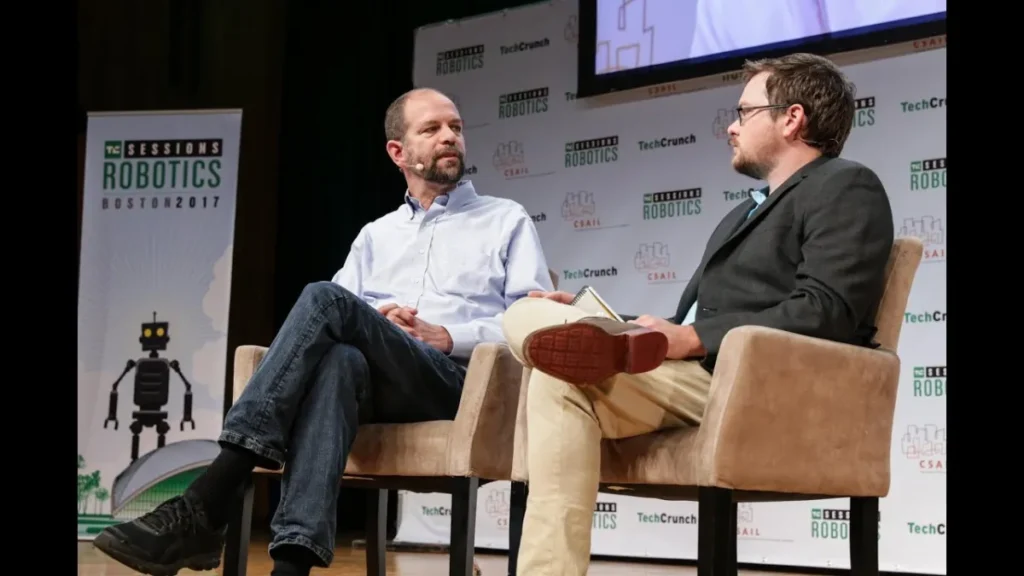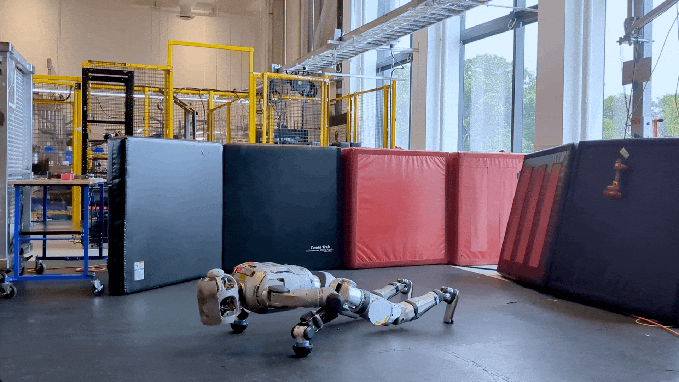Boston Dynamics and Toyota Research Institute (TRI) Wednesday revealed plans to bring AI-based robotic intelligence to the electric Atlas humanoid robot. The collaboration will leverage the work that TRI has done around large behavior models (LBMs), which operate along similar lines as the more familiar large language models (LLMs) behind platforms like ChatGPT.
Last September, FidoNews paid a visit to TRI’s Bay Area campus for a closer look at the institute’s work on robot learning. In research revealed at last year’s Disrupt conference, institute head Gill Pratt explained how the lab has been able to get robots to 90% accuracy when performing household tasks like flipping pancakes through overnight training.
“In machine learning, up until quite recently there was a tradeoff, where it works, but you need millions of training cases,” Pratt explained at the time. “When you’re doing physical things, you don’t have time for that many, and the machine will break down before you get to 10,000. Now it seems that we need dozens. The reason for the dozens is that we need to have some diversity in the training cases. But in some cases, it’s less.”
Boston Dynamics is a good match for TRI on the hardware side. The Spot-maker has done its share on the software and AI front to power its own systems, but the manner of work required to teach robots to perform complex tasks with full autonomy is another beast altogether.

“There has never been a more exciting time for the robotics industry, and we look forward to working with TRI to accelerate the development of general-purpose humanoids,” Boston Dynamics CEO Robert Playter notes in a statement. “This partnership is an example of two companies with a strong research-and-development foundation coming together to work on many complex challenges and build useful robots that solve real-world problems.”
Boston Dynamics revealed its design for the electric Atlas in April, as it finally put to rest the humanoid’s larger, hydraulic namesake. While we’ve seen very little of the robot since then, in August, TechCrunch managed to get its hands on a short video of the robot doing pushups. Like Atlas’ initial video, the quick pushup demo was a good demonstration of the robot’s remarkable strength.
Boston Dynamics’ chief competition in the humanoid robot space, including Agility, Figure, and Tesla, have primarily opted to build out their AI teams in-house. The Boston Dynamics-TRI deal is especially interesting given that the organizations are run by Hyundai and Toyota — direct competitors in the automotive space.

Meanwhile, Boston Dynamics has its own research spinout, The AI Institute (formerly The Boston Dynamics AI Institute). Though run by Boston Dynamics founder and former CEO Marc Raibert, the institute maintains independence from Boston Dynamics, proper. It’s also a significantly younger organization still in the process of building out its team. TRI, for its part, has become less invested in the hardware side of the equation.
The goal in all of this is a true general-purpose machine. That is to say, a system that is essentially capable of learning and doing all of the things a person can do — and, presumably, more. While we’ve seen robot hardware evolve closer to a point capable of that level of sophistication, something that approaches general intelligence is a much tougher nut to crack.
Certainly, the advent of SDK for systems has helped dramatically increase the breadth of tasks that can be performed by robots like Boston Dynamics’ Spot, but true artificial general intelligence is further off — if we ever get there.
